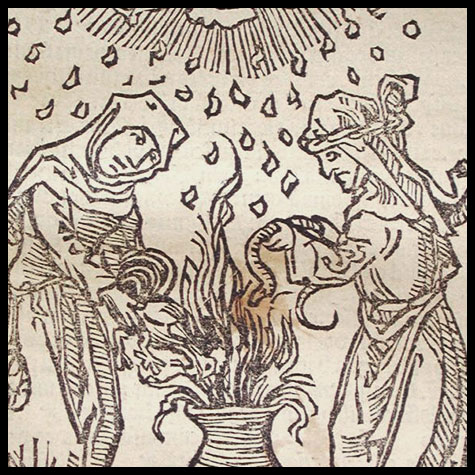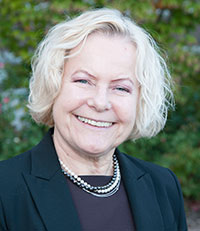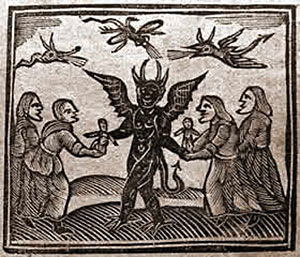
The book’s woodcut illustrations helped to establish the modern iconography of the witch.
To contemporary ears, “witch trial” sounds like a contradiction in terms. It suggests a toxic brew of hysteria, cynicism and cruelty, not the careful deliberation to which law aspires.

And yet, over the course of more than 300 years, there developed in Western Europe a vast legal, scientific and theological literature known as demonology. Though today largely forgotten, these demonologies purported to systematically describe interactions between Satan, his demons and human beings — especially the women accused and prosecuted as witches.
“While the production and consumption of demonologies was vigorous from the 1430s to the 1700s, 20th-century historians and literary scholars have, until recently, shown relatively little interest in them,” writes Washington University in St. Louis’ Gerhild Scholz Williams in “Demonologies,” her contribution to “The Oxford Handbook of Witchcraft in Early Modern Europe and Colonial America” (2013).
Recent scholarship “has greatly clarified how central demonologies were in the times in which they were produced,” Williams writes. Though witch-like figures had been feared since antiquity, it was demonology that authoritatively established “the image of the witch as a night-flying, sexually voracious creature.”
This learned and legal preoccupation coincided with a sharp rise in prosecution. “By the mid-15th century, the numbers of women executed for alleged witch crimes in south-eastern France, Switzerland and south-western Germany had increased significantly,” Williams writes. “Trials began in Europe around 1430 and ended around 1780, with the years between 1560 and 1630 seeing the most vigorous persecutions.” In all, an estimated 80,000 women were executed.

Nevertheless, moderating voices did emerge. Theologian Niels Hemmingsen critiqued the zeal for execution. Jurist Christian Thomasius cautioned against unjust prosecution of the socially marginalized.
Court physician Johann Weyer prescribed prayer, not torture and burning. The pastor Balthasar Bekker disputed Satan’s power over people and material things.
Though writings about witches and demons continue to appear, by the mid-19th-century, “the era of broadly accepted and influential demonology … had come to an end at last.”
About Gerhild Scholz Williams
Williams is vice provost and associate vice chancellor for academic affairs and the Barbara Schaps Thomas and David M. Thomas Professor in the Humanities in Arts & Sciences.
She has written widely on German and French literature and culture from the Middle Ages to the Early Modern Period. Publications include “Mediating Culture in the Seventeenth-Century German Novel” (2014), “Mothering Baby: On Being a Woman in Early Modern Germany” (2010) and “On the Inconstancy of Witches” (with Harriet Stone, 2006).